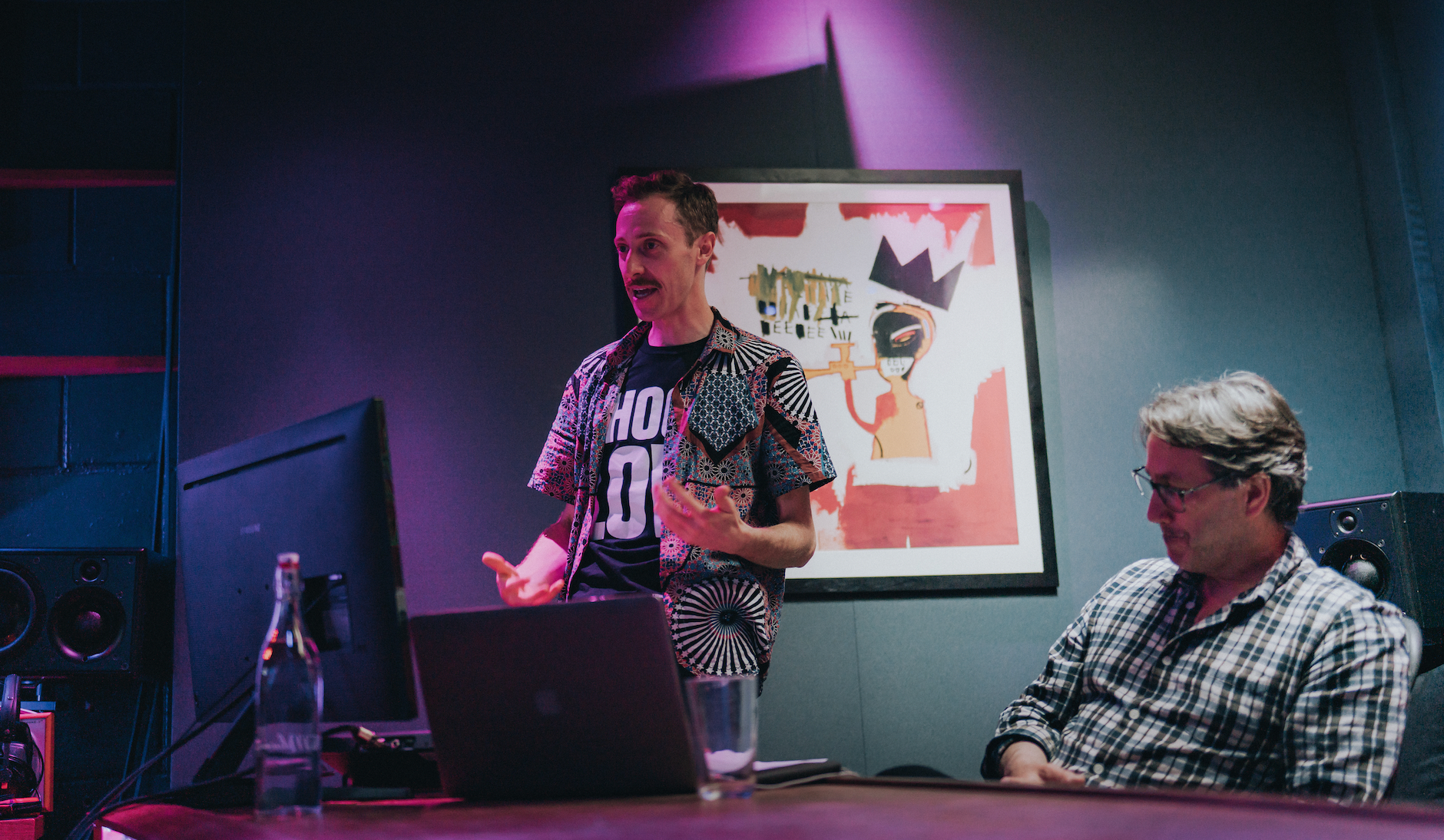Simon Todkill, chief engineer at Miloco Studios, has spoken to Headliner about the company’s move into immersive audio, the impact of Dolby Atmos mixes and how the studios’ high-spec capabilities are “taking the artist’s vision further”.
A Grammy-nominated engineer, Todkill boasts a CV that is as stellar as it is eclectic. To date he has worked with an array of artists that includes the likes of Tion Wayne, Post Malone. The Horrors, the Lighthouse Family, Ghetts, Paloma Faith and many more. He has also worked on numerous TV and film projects over the course of his career, from which he has built a reputation not only as a revered master of his craft, but as something of an expert in surround sound mixes. This particular skillset, he says, is one that he has proved especially useful in recent months, with Miloco’s flagship mix room, The Red Room, undergoing a major overhaul to become one of the UK’s leading Dolby Atmos mixing rooms.
Based around an ATC speaker system in 7.1.4 configuration, with a Grace Designs M908 controller and Augspurger Duo-15” monitors with dual 18” subs, The Red Room officially became the UK’s first ATC-based Dolby Atmos mixing room this summer.
Meanwhile, its neighbouring room, The Bridge, also underwent a full refurb in order provide Dolby Atmos mixing, featuring a hybrid monitoring system of Genelec 8050APMs and Augspurger subs.
Over the past six months, Todkill has embarked on a variety of immersive audio projects across these high-end studios, enabling him to discover first-hand the true impact Dolby Atmos mixes can have on a record and the role such technology can play in evolving the vision of the artist.
But what does the future hold for the format? The recent adoption of Atmos mixes by Apple Music and Amazon Music HD – as well as Tidal before them – would suggest that the uptake is on the rise, while the announcement that Dolby Atmos technology will now be available in top of the range Mercedes cars also points towards a growing appetite for a more premium listening experience.
So how long until Atmos mixes become the new standard? Headliner caught up with Todkill to talk Miloco Studios and all things immersive audio…
When did Miloco decide to take the plunge into immersive audio and Atmos mixing?
With immersive audio it’s become a serious thing for us over the last year or so, but particularly the past six months. We’ve been talking about what we wanted to do, as well as whether or not we even should be moving into immersive audio. But with the advancements we’ve seen with Apple Music and Amazon Music coming onboard, it was a no brainer to dive straight in.
As someone who was in surround sound before immersive audio with 5.1 and 7.1 mixing – things that would never translate to the general listener – it’s great to see those issues solved with high-quality streaming services providing Atmos for music fans. It’s accessible not just in a 7.1.4 or 5.1.2 set up, you can get it on your headphones or a sound bar. So, we started doing that about six months ago when we refurbished our flagship mix room, The Red Room, which was the first commercial ATC Atmos system in the country. Since then, we’ve gone straight on to fitting out The Bridge studio next door, which has an amazing new Genelec system.
What can you tell us about that Genelec system?
We wanted something that would complement The Red Room because the ATC room sounds phenomenal. The bottom end in there is the tightest bottom end I’ve heard in any studio. The Bridge is a slightly smaller room and we wanted something that could offer that same incredible bottom end, so we’re still using dual 15” Augspurger monitors as subs, but we also wanted a different sound to the Red Room, something that would work in a smaller space, and the Genelecs are perfect for that. It gives us the ability to have a larger session running in The Red Room and myself or another engineer can be working next door in The Bridge. This means we can double our output and take on all the projects we want.
You said you had discussions about whether to pursue the immersive route. What was it that tipped the balance for you?
Our goal is to take an artist’s vision and make it the best it can be, so the fans can enjoy it. So, 5.1 was great but you can’t listen to it on the tube, you can’t listen to it while you’re out running. Our discussions were around who is really listening to it? No one was really streaming it other than Tidal, but the acceleration really happened when Amazon HD and Apple Music announced they were going to do it. All of a sudden, a lot of people can really hear what we’re doing. It’s a tool for us to take an artist’s vision further. We want to get in there early and master the format so we can be delivering great quality mixes up with the best of them.




